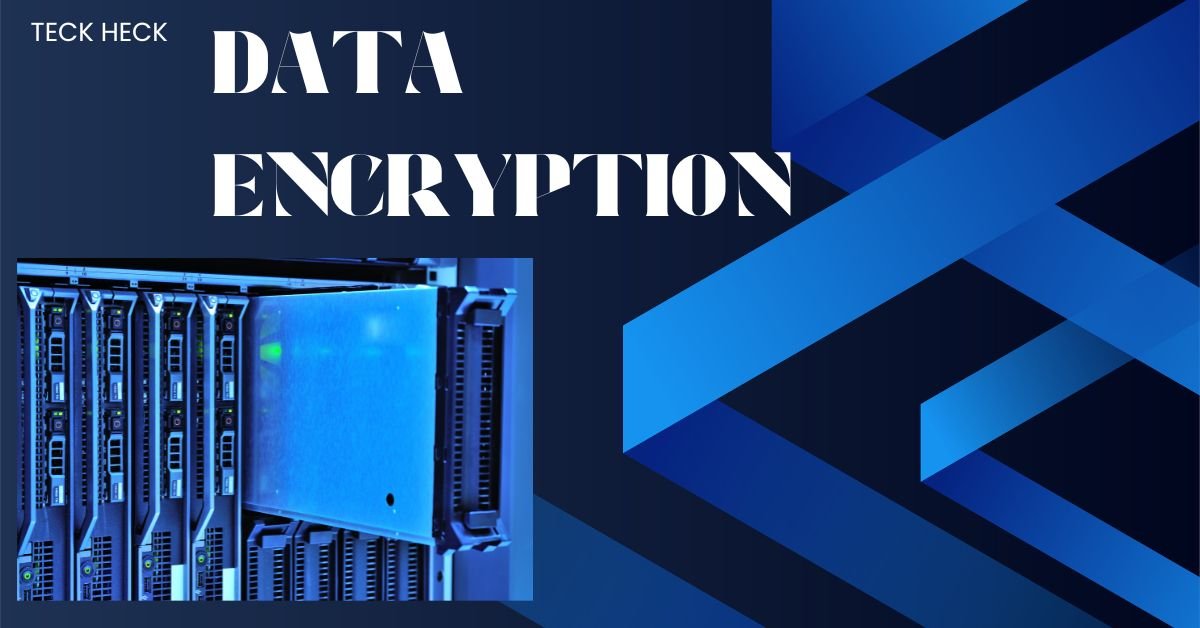Cybersecurity Tools for SMBs: Essential Solutions for Protecting Digital Assets
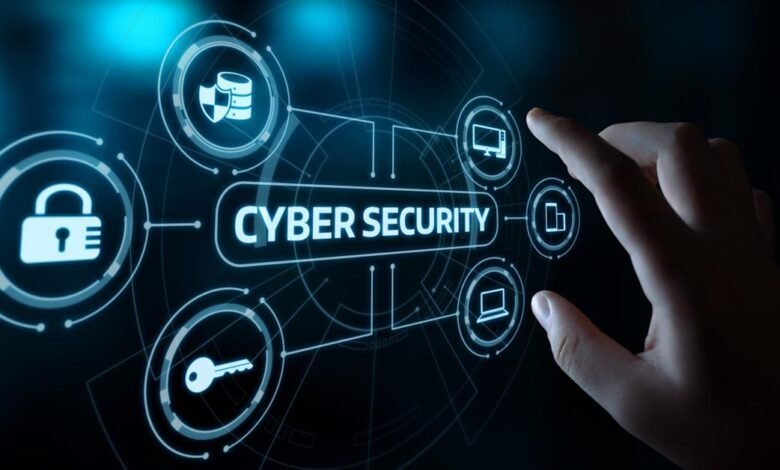
Cybersecurity Tools for SMBs
Small and medium-sized businesses found themselves under intense attack from cybercriminals as digital technology advances in the present day. Cybersecurity Tools for SMBs maintain considerable valuable data such as customer information, intellectual property, and financial details, which makes them a target for cybercriminals. The limited budget of Small & Medium Businesses leads them to different security capabilities when compared to large enterprises, which have multiple cybersecurity teams with advanced security systems. The limited funding at hand does not prevent SMBs from implementing multiple cybersecurity tools that safeguard their data and guide them through business continuity measures alongside threat risk reduction efforts.
Protecting infrastructure system from Cyberattacks
Small and medium-sized businesses must adopt a series of defensive measures to oppose multiple types of cyberattacks because cybersecurity has become a necessity. This article investigates which cybersecurity tools prove most effective for SMBs when protecting their system infrastructure, along with their network bandwidth and digital information.
1. Firewall Solutions
The initial barrier protecting network security exists in the form of a firewall. A firewall tracks network communications according to defined security parameters to stop unsafe traffic from entering the system, yet permitting authorized traffic flow from the network. A firewall solution exists either through physical hardware devices or software programs, depending on the business requirements.
For SMBs:
A Hardware Firewall serves as a physical device that links the internal network to external internet access points. Firewalls establish robust network protection through administrative rule-based traffic control and monitoring, which blocks dangerous or unauthorized network traffic.
SMBs can benefit from implementing software firewalls because they provide reasonable costs compared to other options. The security system provides continuous monitoring and blocks dangerous activities, thus ensuring immediate protection.
Popular firewall systems, Cybersecurity Tools for SMBs, come from a set of established solutions, including:
- The Cisco Meraki MX Series operates through cloud management systems to integrate with additional Meraki products for creating scalable and robust firewall solutions.
- SMBs with fewer than 50 employees receive Sophos XG Firewall Home Edition for free to access its intrusion prevention, malware protection, and web filtering features.
- SMBs enjoy enhanced security through firewalls because these devices stop unapproved system access, thus decreasing the dangers of both data breaches and harmful attacks.
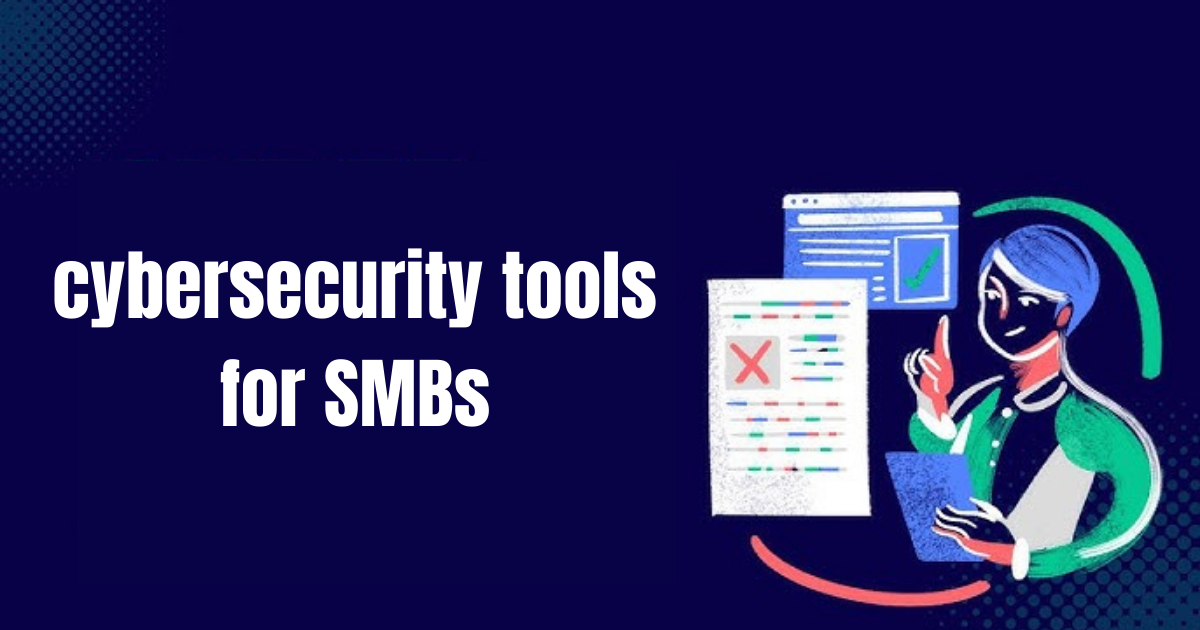
2. Endpoint Protection Software
Multiple device types, including desktops, tablets, smartphones, and laptops, constitute the primary targets for cyberattacks. Endpoint protection software gives devices protection by continuously monitoring and fighting against malware threats, alongside ransomware threats and additional malicious software types.
Key features of endpoint protection:
- Malware detection and removal.
- Real-time threat monitoring.
- Data encryption.
- Security systems based on behavioral analysis seek out mysterious threats.
Endpoint protection software creates secure devices that work with the company network by protecting devices connected to it, which stops potential attacks from spreading across the system. Popular endpoint protection solutions selected by Cybersecurity Tools for SMBs include CrowdStrike Falcon alongside Norton Small Business and other recognized options.
- CrowdStrike Falcon provides competitive endpoint protection by detecting threats instantly and protecting devices from data breaches.
- Small Business from Norton provides a complete endpoint security suite that includes all necessary tools for antivirus defense, as well as firewall management and internet safety features.
- Companies must establish endpoint protection as a necessary solution since remote and mobile employees maintain access to corporate networks.
3. Email Security Tools
Email serves as one of the leading attack methods through which cybercriminals intrude into systems. The widespread nature of modern digital communication makes phishing emails through false links or harmful attachments a common issue across the globe. SMBs need to install email security solutions to shield their staff members from such security attacks.
The security tools designed for email systems support features for spam filtering, malware scanning, and phishing detection. The advanced solutions also integrate email encryption functionality, which ensures secure protection of sensitive information transmitted through email. Employee security training about potential threats, alongside phishing attacks, serves as an important defense against potential risks.
4. Endpoint Detection and Response (EDR)
Company security requires special management because more employees now access systems through multiple devices when working from home or remotely. SMBs can protect their single devices, such as desktops, laptops, and mobile phones, through the use of Endpoint Detection and Response (EDR) tools.
EDR tools allow businesses to keep constant watch of their endpoints so they can spot abnormal behavior and stop attacks before they escalate, while responding immediately to incidents. Basic features of EDR tools consist of real-time alert notifications, together with automated threat removal systems and advanced forensic capabilities. Endpoint monitoring allows SMBs to protect their network devices that operate beyond office boundaries.
5. Multi-Factor Authentication (MFA)
Cybersecurity Tools for SMBs now demand more than passwords because they serve as insufficient protection. Users must verify themselves through multiple identity checks, which constitute a multi-factor authentication (MFA) system. Multi-factor authentication requires three kinds of authentication, such as knowledge-based (passwords), possession-based (mobile devices), and inherent-based (fingerprints or face scans).
MFA provides vital protection for SMBs who maintain sensitive data along with cloud service users because it enables secure authorization of their critical systems access. SMBs need to establish MFA as a key operational priority for all accounts and supported applications.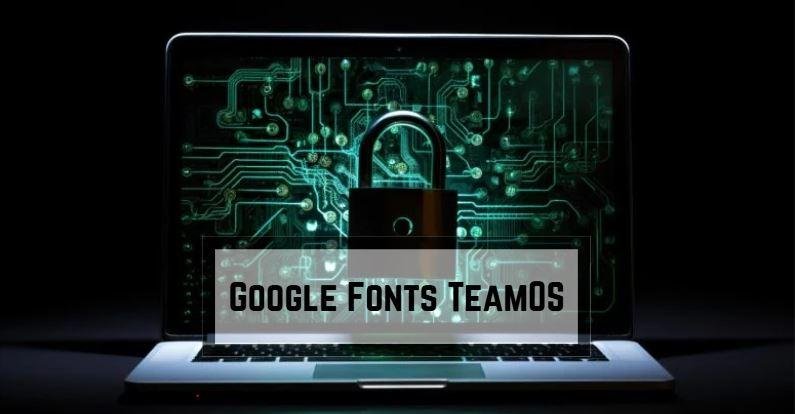
6. Virtual Private Network (VPN)
The Virtual Private Network (VPN) functions as an essential cybersecurity tool that SMBs need whenever their workforce includes remote workers or traveling employees. The Virtual Private Network (VPN) provides internet traffic encryption to protect sensitive data throughout public or untrustworthy networks.
Users can protect their internet interactions through an encrypted tunnel service that VPN creates between their devices and the network, thus making it complex for hackers to intercept online traffic. The implementation of a VPN ensures SMBs stay protected against man-in-the-middle attacks and data breaches as employees achieve secure access to company resources from any location.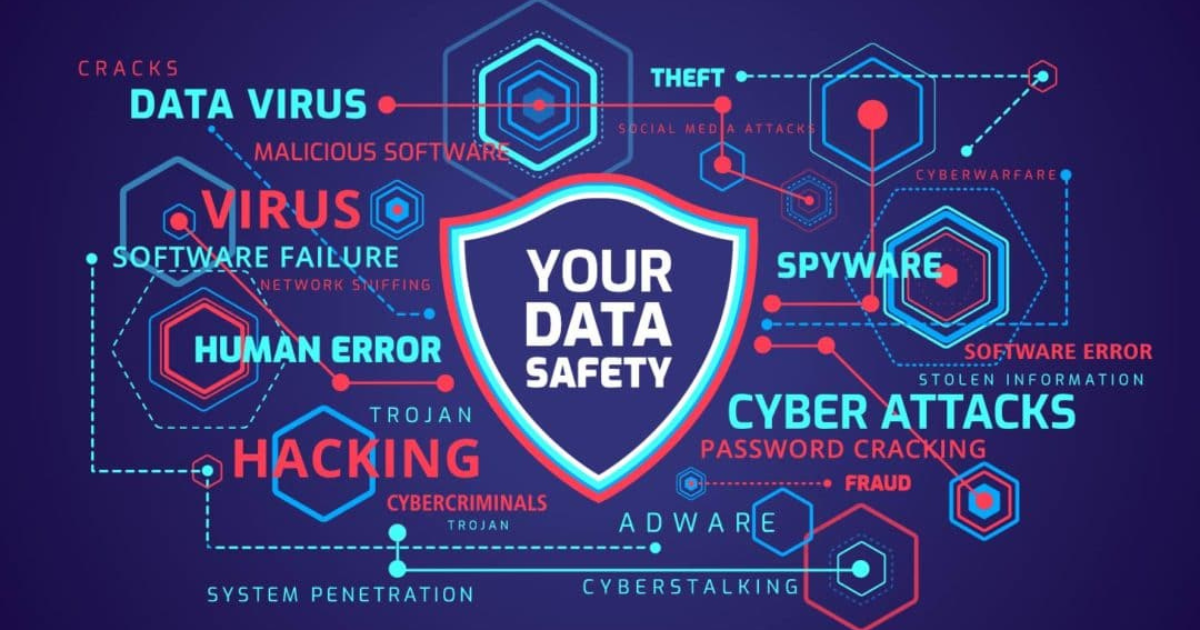
Conclusion
All small to medium enterprises need cybersecurity as their fundamental requirement, not as an optional business expense. Managed service providers can protect themselves from evolving cyber threats by developing security approaches that combine various tools and practices. The basic cybersecurity tools extend further than firewalls and antivirus software because they consist of email security, MFA, and VPNs. Small businesses should spend their funds on advanced security solutions that include EDR, SIEM, and vulnerability scanning tools to detect potential threats.
Every Cybersecurity tool for SMBs must establish cybersecurity awareness practices, together with continuous backup systems and detailed disaster recovery protocols to build their security approach. The right cybersecurity tools, combined with a proper security mindset, enable SMBs to protect their sensitive data and preserve business operations in a digital environment.

